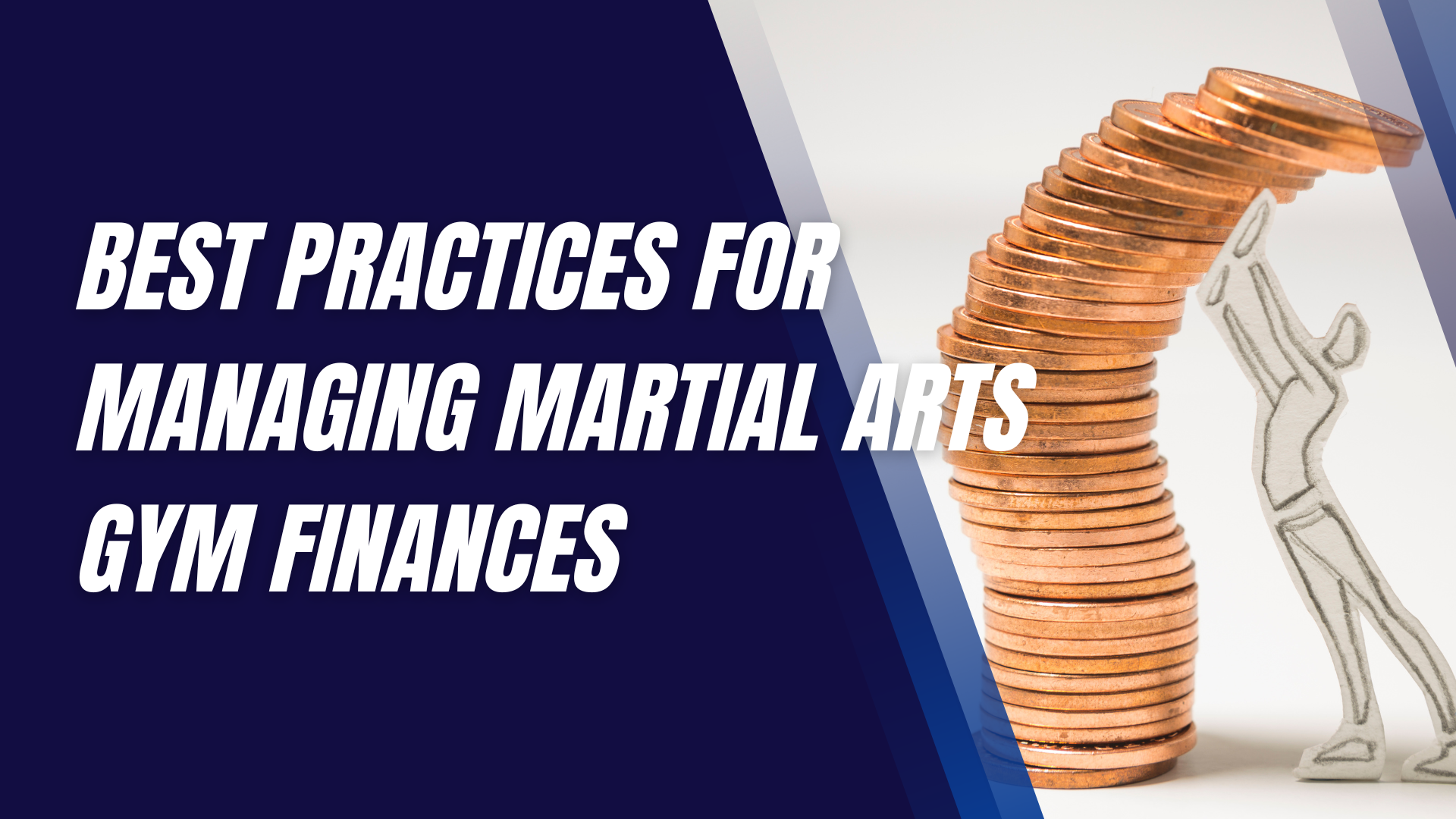How to Build a Routine for Daily Flexibility Work in Martial Arts
If you're serious about martial arts, you know that flexibility isn't just a nice-to-have; it's a must.
Whether you're throwing high kicks or dodging
strikes, a flexible body makes all the difference. But how do you go about building a routine that actually improves your flexibility? Let's dive in!
Understanding Flexibility in Martial Arts
Before we build a routine, it's essential to understand what flexibility really means.
What is Flexibility?
Flexibility is the ability of your muscles and joints to move through their full range of motion. It involves both your muscles' elasticity and your joints' mobility.
Different Types of Flexibility: Static vs. Dynamic
Static flexibility refers to holding a stretch in a fixed position, like touching your toes and holding it. Dynamic flexibility involves moving through stretches, like leg swings or arm circles. Both types are crucial in martial arts, where you need to be both limber and agile.
Why Flexibility is Crucial for Martial Artists
Flexibility enhances performance, reduces the risk of injury, and improves recovery. With good flexibility, you can perform higher kicks, faster movements, and more effective techniques. Plus, it can prevent strains and sprains by allowing your body to move freely.
Assessing Your Current Flexibility Level
Before starting, assess where you are in terms of flexibility.
Performing a Flexibility Self-Assessment
Simple tests like trying to touch your toes, doing a seated forward bend, or performing a split will give you a good idea of your current flexibility level.
Identifying Areas for Improvement
Take note of which areas feel the tightest. Is it your hamstrings, hip flexors, or shoulders? This will help you target your routine to mental on these specific areas.
Setting Realistic Flexibility Goals
Set goals based on your current flexibility. For instance, if you can’t touch your toes now, aim to reach them in a month. Start small and gradually build up your goals.
Building the Foundation for Your Routine
Creating a routine involves more than just choosing exercises; it’s about planning and consistency.
Choosing the Right Time of Day for Stretching
Find a time that fits your schedule and stick to it. Some people prefer mornings for a fresh start, while others might find evenings more relaxing.
How Long Should Your Flexibility Routine Be?
Aim for at least 15-30 minutes of focused flexibility training each day. This ensures you're not overdoing it while making consistent progress.
Importance of Warming Up Before Flexibility Training
Always start with a light warm-up, like jogging in place or jumping jacks. This increases blood flow to your muscles, reducing the risk of injury.
Key Components of a Martial Arts Flexibility Routine
To build an effective routine, incorporate a mix of different stretches.
Dynamic Stretches for Warm-Up
Dynamic stretches like leg swings, arm circles, and torso twists help prepare your body for the workout ahead.
Static Stretches for Flexibility Development
Focus on stretches like the butterfly stretch, seated forward bends, and calf stretches to improve your range of motion.
Incorporating PNF Stretching
Proprioceptive Neuromuscular Facilitation (PNF) stretching involves contracting and relaxing muscles to achieve deeper stretches. It's particularly effective for martial artists looking to improve flexibility fast.
Designing a Daily Flexibility Routine
Here’s a sample routine to get you started:
Morning Flexibility Routine: Start Your Day Right
- 5 minutes of dynamic stretches (leg swings, arm circles)
- 5-10 minutes of static stretches focusing on tight areas
- Deep breathing exercises to relax muscles
Midday Routine: Keeping the Body Active
- Quick stretch breaks every hour if possible
- Short dynamic stretch sessions (1-2 minutes) to stay limber
Evening Routine: Winding Down with Stretching
- 10 minutes of deep static stretches
- PNF stretches focusing on key muscle groups
- 5 minutes of relaxation stretches, like child’s pose
Essential Stretches for Martial Arts
Let’s look at some specific stretches to include:
Leg Stretches: Focus on Kicks and Range
- Front split stretches
- Hamstring stretches
- Calf stretches
Hip Flexor Stretches: Improve Mobility
- Pigeon pose
- Hip flexor lunges
Shoulder and Upper Body Stretches: Enhance Striking Power
- Cross-body shoulder stretch
- Tricep stretch
Core Stretches: Strengthening the Center
- Cobra stretch
- Cat-cow stretch
Flexibility Tools and Equipment
Incorporate these tools to enhance your flexibility training:
Using Resistance Bands for Deeper Stretches
Bands can provide extra resistance, helping you to deepen your stretches effectively.
Foam Rollers for Muscle Release
Foam rolling before and after stretching can help release muscle tension and improve flexibility.
Yoga Blocks and Straps for Support
These tools can assist you in maintaining proper form during difficult stretches.
Incorporating Flexibility into Martial Arts Training
Make flexibility training an integral part of your martial arts practice.
Integrating Flexibility Drills with Martial Arts Techniques
Combine stretching with techniques. For example, follow up high kicks with leg stretches to reinforce muscle memory.
Stretching During Warm-Ups and Cool-Downs
Always include dynamic stretches in your warm-ups and static stretches in your cool-downs to prevent injury.
Partner Stretching Techniques for Martial Artists
Partner stretches can help deepen your flexibility, especially for areas that are hard to stretch alone.
Avoiding Common Flexibility Training Mistakes
Avoid these mistakes to ensure safe and effective flexibility training:
Overstretching and How to Avoid It
Listen to your body. Don’t push to the point of pain; a gentle discomfort is okay, but pain is a signal to stop.
Importance of Proper Form During Stretches
Maintain proper posture to avoid injury and maximize the benefits of each stretch.
Balancing Flexibility Training with Strength Training
Flexibility is essential, but don’t neglect strength. Strong muscles support flexible joints and reduce injury risk.
Tips to Stay Consistent with Your Flexibility Routine
Consistency is key to improving flexibility.
Creating a Flexibility Routine You Enjoy
Incorporate stretches you find enjoyable. If you like yoga, include yoga stretches.
Tracking Progress and Celebrating Milestones
Keep a log of your progress, and celebrate small victories, like reaching a new level of flexibility.
Overcoming Plateaus in Flexibility Training
Change up your routine periodically to keep your muscles challenged and engaged.
Nutrition and Hydration for Flexibility
Diet also plays a role in flexibility.
Foods that Support Muscle Health
Incorporate foods rich in magnesium, potassium, and protein to support muscle recovery and flexibility.
Importance of Staying Hydrated
Hydration is crucial. Muscles are mostly water, and dehydration can lead to cramps and tightness.
The Role of Mindfulness in Flexibility Training
Being mindful can make stretching more effective.
Practicing Mindful Stretching
Focus on the muscles being stretched and stay present during each movement.
Breathing Techniques for Deeper Stretches
Use deep breathing to help relax your muscles and deepen your stretches.
Adapting Your Flexibility Routine Over Time
Your flexibility needs will change over time.
Adjusting Your Routine as You Progress
As you become more flexible, modify your stretches to challenge yourself further.
Listening to Your Body’s Signals
Pay attention to your body. If a stretch feels uncomfortable or painful, adjust it or take a break.
Incorporating Advanced Flexibility Techniques
As you progress, consider advanced techniques like active stretching or using resistance for added difficulty.
Final Thoughts
Flexibility is the unsung hero in martial arts. It’s the difference between a good kick and a great one, between an injury and a near miss. Start building your routine today, and watch your martial arts skills reach new heights!
Interested in trying a martial arts class? Find an affiliated academy anywhere in the country by clicking here.
Have your own martial arts program? Get to know more about what we have to offer at Ground Standard Agency for helping martial arts businesses grow.
Email us at info@groundstandard.com, or call and text us at (732) 907-8920 today to learn how to start growing your own academy, school, dojo, or gym with us as well.
Share this article












